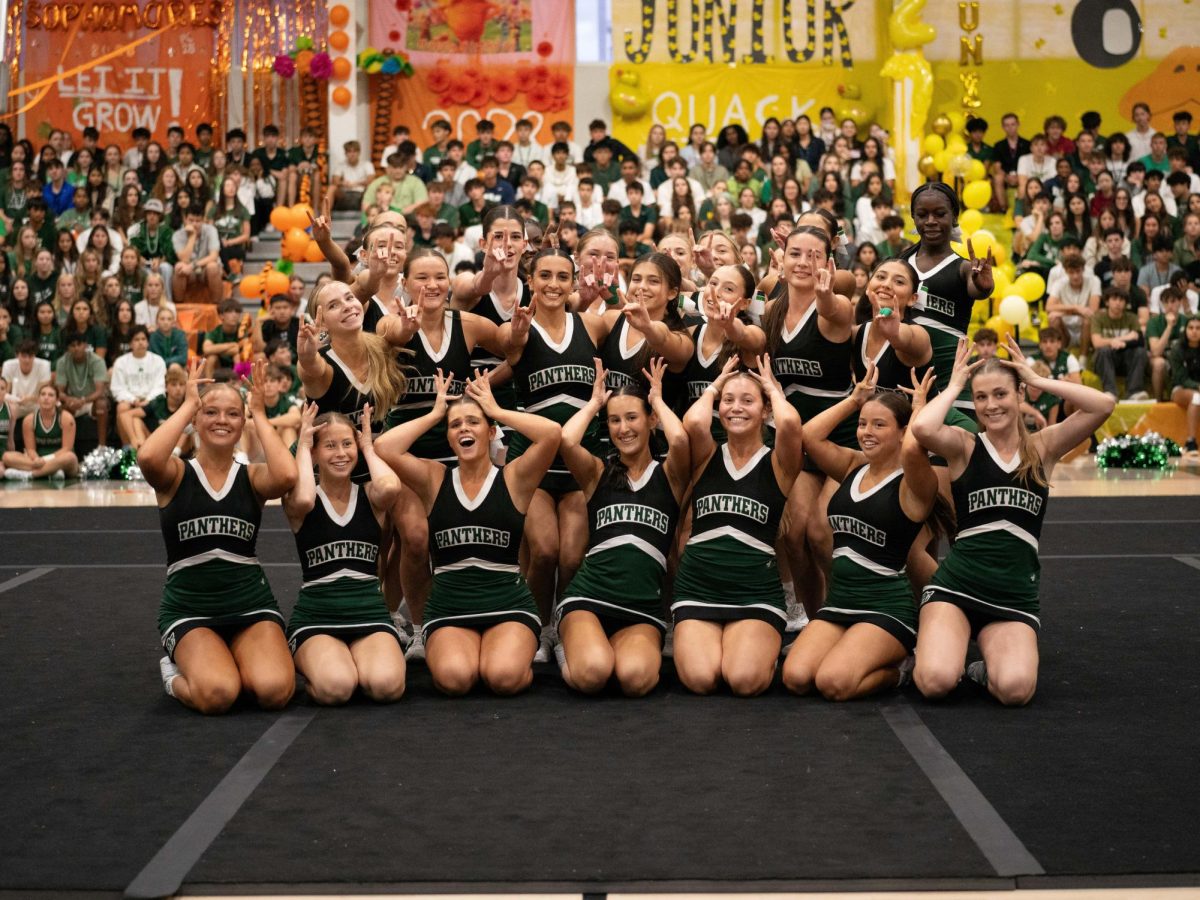Social Distancing: Does it Work?
As of Sunday, March 29th, Florida has over 4,000 cases of Coronavirus and roughly half of them are centered in Broward and Dade counties. Since the outbreak of Covid-19, the Centers for Disease Control and Prevention (CDC) and the government have encouraged citizens to follow social distancing guidelines, but does it really work? According to Signer laboratory, when an infected person reduces their physical contact with others by 50%, they chance of them spreading the disease to others goes down by more than 50%. Citizens can practice reducing physical contact through social distancing. Social distancing is a public health practice that aims to prevent sick people from coming in close contact with healthy people in order to reduce opportunities for disease transmission. What are the do’s and don’ts of social distancing, and what can our generation do to ensure we are taking the necessary precautions?
The main objective of social distancing is to help flatten the curve, which refers to limited physical contact measures that keep the daily number of cases at a manageable level. To limit this physical contact with others and the outside world, the CDC recommends that people should remain two meters or about six feet apart from one another, and should avoid crowds as it can help facilitate the spread. When possible, avoid large crowds. Don’t greet people with a hug or handshake. And most importantly, hunker down at home and stop the spread. Social distancing is in place to prioritize your own health.
Younger generations can spread Covid-19 without even knowing that they have been exposed to the virus or even have symptoms. These generations pose a threat to the high-risk group– seniors, people with asthma and pre-existing health problems. Current estimates from the Imperial College London are that the death rate is almost 10 times higher than average for those over 80. The CDC cannot stress enough the importance of social distancing, because if you contract the disease, you can spread it to elderly people who are much more susceptible because of weak respiratory systems. It is extremely important to also practice good hygiene. Wash your hands with soap and water, cough or sneeze into your elbow, and limit touching your face. If you are sick, do not expose yourself to others.
Practicing good hygiene and social distancing can and will help flatten the curve. The sooner the public commits to this, the sooner the entire community can return to their regular lives. Please do not take this lightly, and remember, wash your hands, don’t touch your face, and stay home! For more information on how to flatten the curve and the effects of social distancing, check out this Washington Post article
































![Stranger Things 4: What to Expect [Warning: Contains Spoilers]](https://pcpawprint.com/wp-content/uploads/2021/11/StrangerThings4-900x473.jpeg)
























































